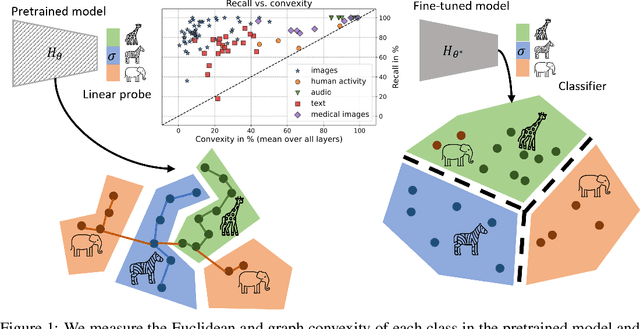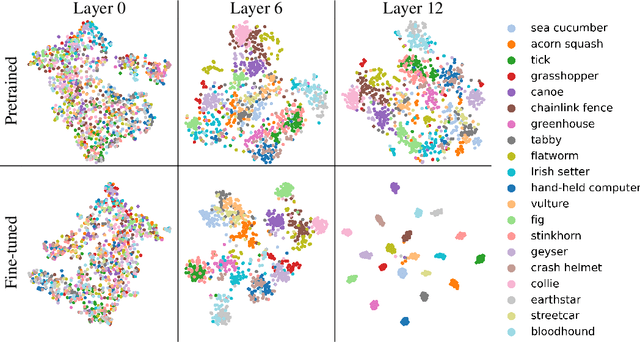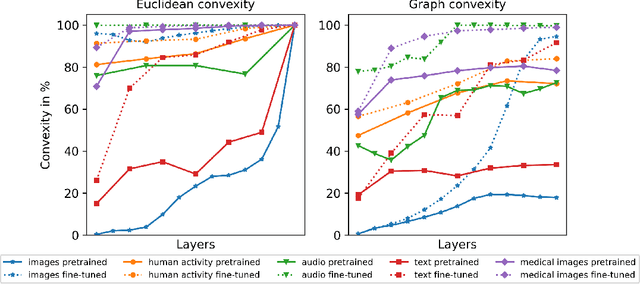Teresa Karen Scheidt
Knowledge graphs for empirical concept retrieval
Apr 10, 2024Abstract:Concept-based explainable AI is promising as a tool to improve the understanding of complex models at the premises of a given user, viz.\ as a tool for personalized explainability. An important class of concept-based explainability methods is constructed with empirically defined concepts, indirectly defined through a set of positive and negative examples, as in the TCAV approach (Kim et al., 2018). While it is appealing to the user to avoid formal definitions of concepts and their operationalization, it can be challenging to establish relevant concept datasets. Here, we address this challenge using general knowledge graphs (such as, e.g., Wikidata or WordNet) for comprehensive concept definition and present a workflow for user-driven data collection in both text and image domains. The concepts derived from knowledge graphs are defined interactively, providing an opportunity for personalization and ensuring that the concepts reflect the user's intentions. We test the retrieved concept datasets on two concept-based explainability methods, namely concept activation vectors (CAVs) and concept activation regions (CARs) (Crabbe and van der Schaar, 2022). We show that CAVs and CARs based on these empirical concept datasets provide robust and accurate explanations. Importantly, we also find good alignment between the models' representations of concepts and the structure of knowledge graphs, i.e., human representations. This supports our conclusion that knowledge graph-based concepts are relevant for XAI.
On convex conceptual regions in deep network representations
May 26, 2023



Abstract:The current study of human-machine alignment aims at understanding the geometry of latent spaces and the correspondence to human representations. G\"ardenfors' conceptual spaces is a prominent framework for understanding human representations. Convexity of object regions in conceptual spaces is argued to promote generalizability, few-shot learning, and intersubject alignment. Based on these insights, we investigate the notion of convexity of concept regions in machine-learned latent spaces. We develop a set of tools for measuring convexity in sampled data and evaluate emergent convexity in layered representations of state-of-the-art deep networks. We show that convexity is robust to basic re-parametrization, hence, meaningful as a quality of machine-learned latent spaces. We find that approximate convexity is pervasive in neural representations in multiple application domains, including models of images, audio, human activity, text, and brain data. We measure convexity separately for labels (i.e., targets for fine-tuning) and other concepts. Generally, we observe that fine-tuning increases the convexity of label regions, while for more general concepts, it depends on the alignment of the concept with the fine-tuning objective. We find evidence that pre-training convexity of class label regions predicts subsequent fine-tuning performance.
 Add to Chrome
Add to Chrome Add to Firefox
Add to Firefox Add to Edge
Add to Edge